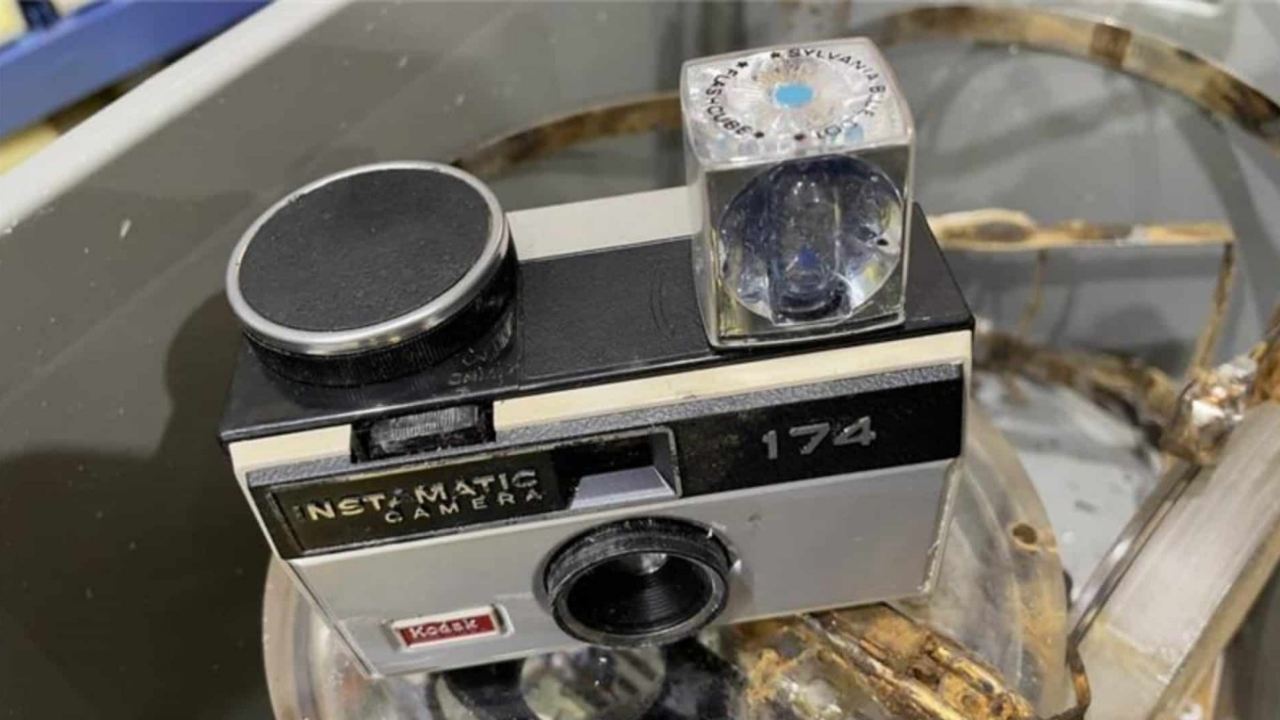
Device and film found in good condition
During tests with an underwater vehicle in Loch Ness, Scotland, experts from the UK’s National Oceanography Centre (NOC) ended up discovering a camera.
After investigating the object, it was found that it had been installed around 1970 in an attempt to capture the legendary “Loch Ness Monster.”
At the time, the specialists were conducting experiments with the unmanned submarine “Boaty McBoatface” at a depth of approximately 180 meters. At one point, they noticed something had gotten stuck in the vehicle’s propeller. When they returned to the surface, the scientists discovered it was an analog Instamatic camera.
The device, encased in a transparent housing along with a flash cube, appeared to be triggered by a bait line mechanism. As the line extended, a sequence of four photos would be taken.
In a statement released on Tuesday, April 1st, by the NOC, Adrian Shine, lead researcher of the Loch Ness Project, helped the authorities identify the camera. According to Shine, the device was one of six installed in the mid-1970s by Roy Mackal, an American investigator from the Loch Ness Investigation Bureau.
Amazingly, both the camera and its film were in excellent condition. The NOC scientists even managed to develop the photos—but there was no sign of the monster.
“Although this wasn’t the discovery we were expecting, we’re happy that this piece of ‘Nessie’ hunting history can now be shared,” said Sam Smith, engineer of the underwater vehicle.
The camera, film, and its casing were handed over to the Loch Ness Centre in Drumnadrochit, near where they were found. The materials will be studied and eventually displayed to the public as part of the historical hunt for the “Loch Ness Monster.”
Source and images: Olhar Digital / National Oceanography Centre. This content was created with the help of AI and reviewed by the editorial team.

